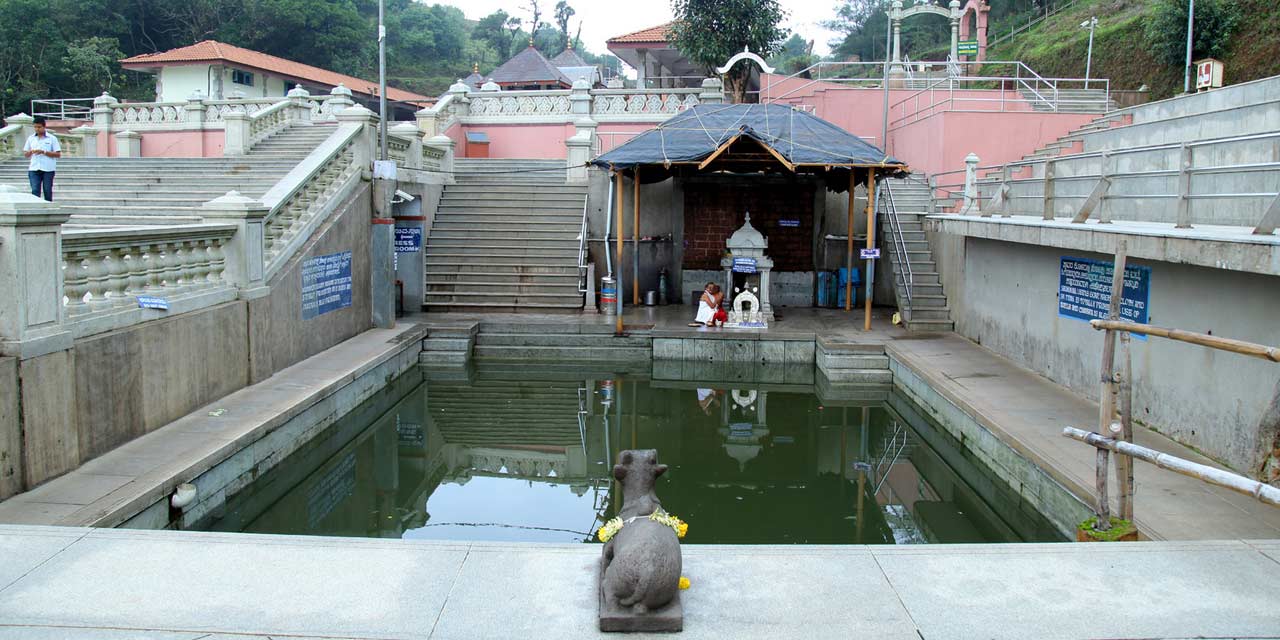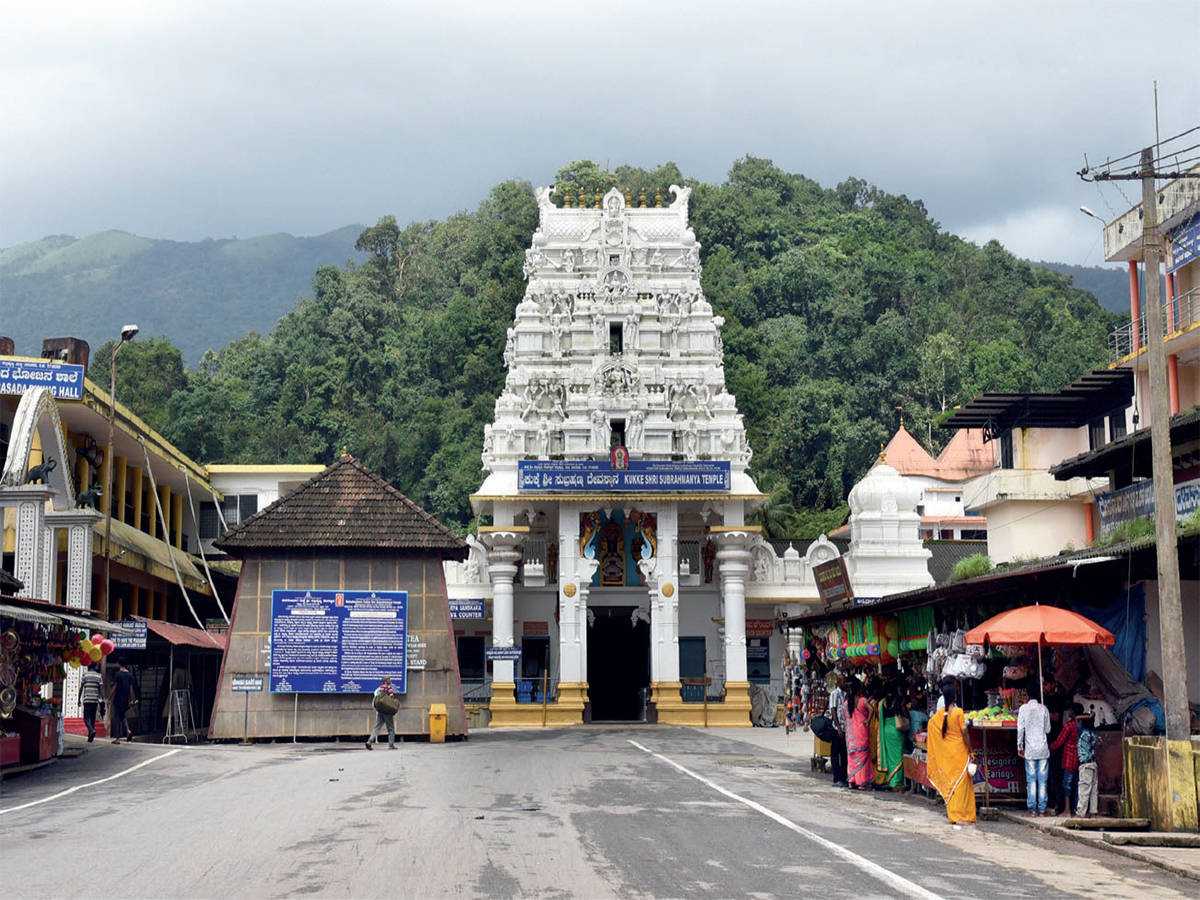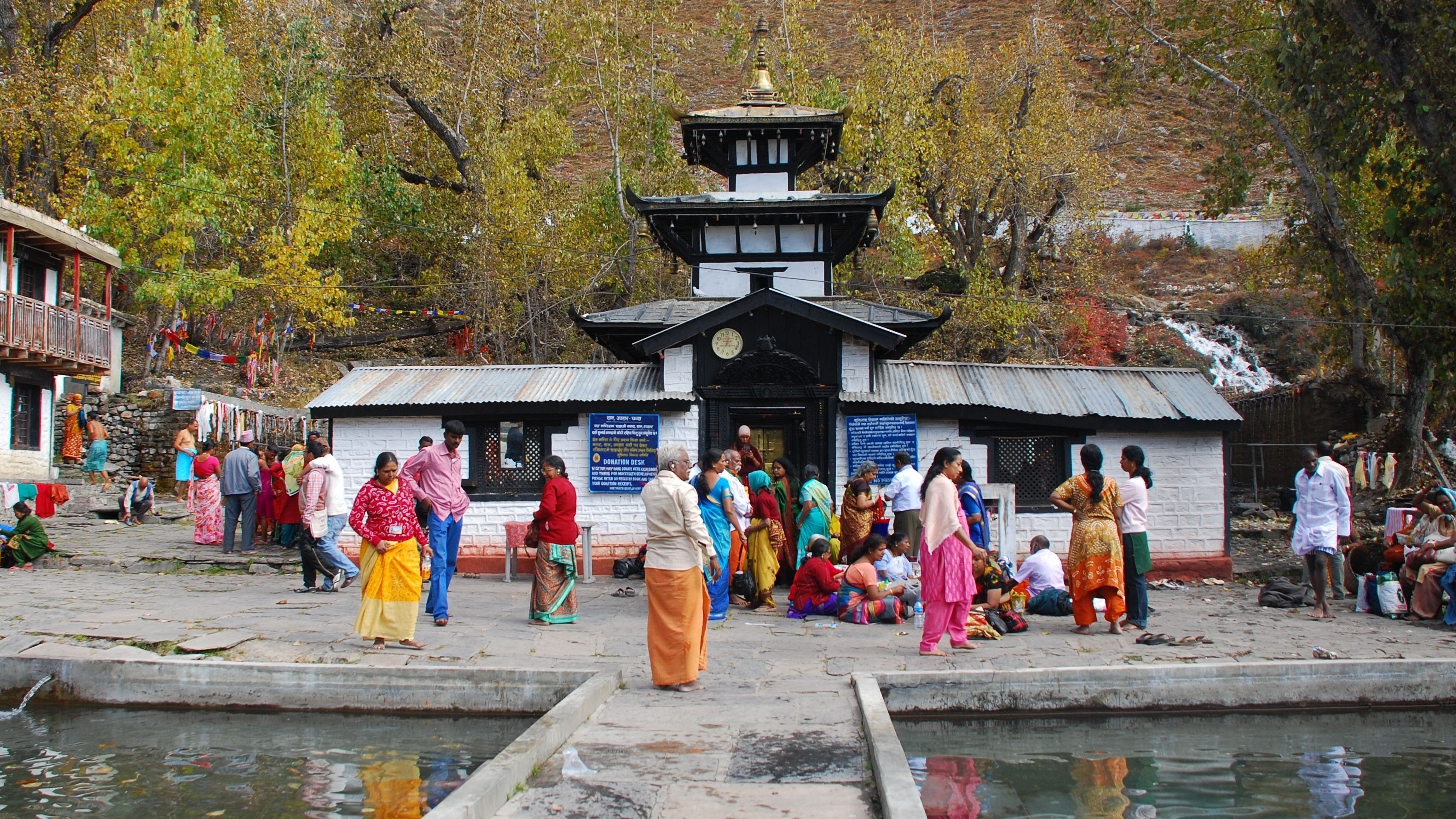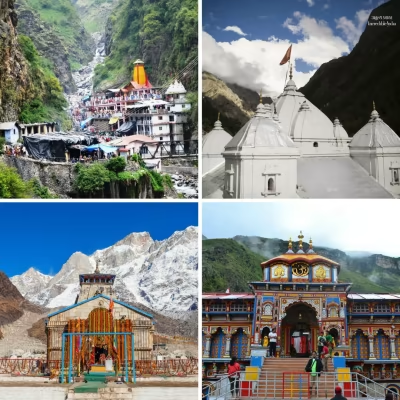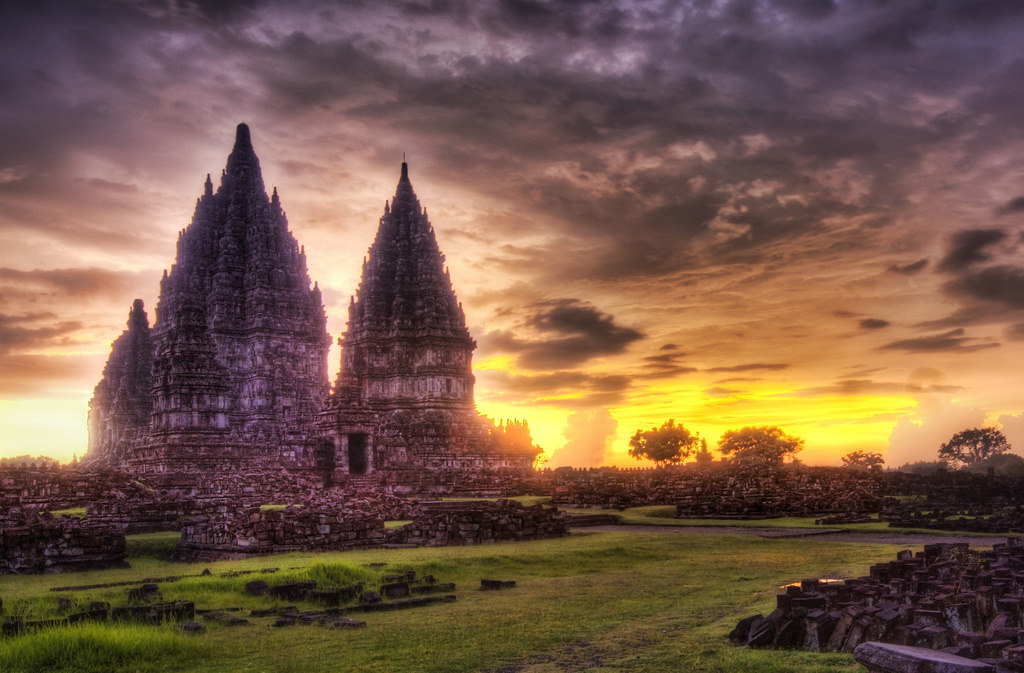DAY 1 BANGALORE
Bengaluru (also called Bangalore) is the capital of India's southern Karnataka state. The center of India's high-tech industry, the city is also known for its parks and nightlife. By Cubbon Park, Vidhana Soudha is a Neo-Dravidian legislative building. Former royal residences include 19th-century Bangalore Palace, modeled after England’s Windsor Castle, and Tipu Sultan’s Summer Palace, an 18th-century teak structure
DAY 2 SRIRANGAPATNA
Srirangapatna has since time immemorial been an urban center and place of pilgrimage. During the Vijayanagar empire, it became the seat of a major viceroyalty, from where several nearby vassal states of the empire, such as Mysore and Talakad, were overseen. When perceiving the decline of the Vijayanagar empire, the rulers of Mysore ventured to assert independence, Srirangapatna was their first target. Raja Wodeyar I vanquished Rangaraya, the then viceroy of Srirangapatna, in 1610 and celebrated the Navaratri festival in the town that year.
DAY 3 MYSORE
Mysore (Or Mysuru), A City In India's Southwestern Karnataka State, Was The Capital Of The Kingdom Of Mysore From 1399 To 1947. In Its Center Is Opulent Mysore Palace, Seat Of The Former Ruling Wodeyar Dynasty. The Palace Blends Hindu, Islamic, Gothic And Rajput Styles. Mysore Is Also Home To The Centuries-Old Devaraja Market, Filled With Spices, Silk And Sandalwood.
DAY 4 MADIKERI ABHI WATER FALLS
Madikeri is a hill town in southern India. Framed by the Western Ghats mountain range, it âs known for the Raja’s Seat, a simple monument overlooking forests and rice paddies. In the center, the 17th-century Madikeri Fort features 2 stone elephants at the entrance. Nearby, the domed Omkareshwar Temple is dedicated to the Hindu deity Shiva. To the northwest, cascading Abbey Falls is surrounded by spice plantations.
DAY 5 TALAKAVERI
The beginning of the Achar family in Talakaveri starts ten generations or about 220 to 240 years ago. A Brahmin named Venkappayya and his two brothers, along with their families came to Talakaveri on a pilgrimage. Lingaraja the First was the ruler of Kodagu from 1780 to 1790 AD. One night God appeared in Lingaraja's dream and indicated that there was a Brahmin family currently visiting Talakaveri. God commanded Lingaraja to appoint this Brahmin to be the priest at the temple. After the king arose from his dream, he sent for this Brahmin family. The king's messengers found Venkappayya in Talakaveri and informed him about the king's desire. Venkappayya accompanied the king's messengers from Talakaveri to Madikeri, a distance of about 24 miles to meet the king.
DAY 6 KUKKE SHRI SUBRAHMANYA TEMPLE
ccording to belief, after killing demon rulers Tharaka, Shurapadmasura and their followers in war, Lord Shanmukha reached Kumara Parvatha with his brother Ganesha and others. He was received by Indra and his followers. Indra being very happy prayed Lord Kumara Swamy to accept and marry his daughter Devasena for which Lord readily agreed. The divine marriage took place on Margashira shudha shashti at Kumara Parvatha. Gods like Brahma, Vishnu, Rudra and many other deities assembled for marriage and coronation ceremony of Shanmukha for which waters of several holy rivers were brought. With these waters of Mahabhisheka fell down to form a river which was later known by popular name Kumaradhara. The great Shiva Bhakta and Serpent king Vasuki was performing tapas for years in the Biladwara caves of Kukke Subrahmanya to avoid attack of Garuda. Following Lord Shiva's assurance Shanmuka gave darshan to Vasuki and blessed him that he would stay as his parama bhakta in this place forever. Hence the poojas offered to Vasuki or Nagaraja are nothing but poojas to Lord Subrahmanya.
DAY 7 SRINGERI
agadguru Sri Adi Shankara Bhagavatpada established the first of the four Amnaya Peethams1 at Sringeri more than twelve centuries ago to foster the sacred tradition of Sanatana Dharma. Hallowed for all times by Sage Rishyashringa who stayed and performed Tapas here, Sringeri attracted the great Acharya with a remarkable sight.
DAY 8 UDUPI
In The 13th Century, Vaishnavite Saint Madhvacharya Founded The Sri Krishna Temple. He Set Up Eight Mathas - Ashta Mathas- In Kannada In Udupi To Propagate The Dvaita Vedanta Philosophy, And This Caused A Vibrant Temple Culture To Take Root In Present-Day Udupi District. Significant Migration Of Brahmins To The Region Took Place Subsequently, And They Came To Comprise 10 Per Cent Of The Region's Population, Three Times Higher Than Elsewhere In South India.
DAY 9 MURDESHWAR TO HOSAPET
The origin of the name "Murdeshwar" dates to the time of Ramayana. The Hindu gods attained immortality and invincibility by worshiping a divine Linga called the Atma-Linga. The Lanka King Ravana wanted to attain immortality by obtaining the Atma-Linga (Soul of Shiva). Since the Atma-Linga belonged to Shiva, Ravana worshipped Shiva with devotion. Pleased by his prayers, Shiva appeared before him and asked him what he wanted. Ravana asked for the Atma-Linga. Shiva agreed to give him the boon on the condition that it should never be placed on the ground before he reaches Lanka
DAY 10 THE GREAT HAMPI
Hampi or Hampe (Kannada: [h?mpe]), also referred to as the Group of Monuments at Hampi, is a UNESCO World Heritage Site located in Hampi (City), Ballari district now Vijayanagara district, east-central Karnataka, India. Hampi predates the Vijayanagara Empire; it is mentioned in the Ramayana and the Puranas of Hinduism as Pampa Devi Tirtha Kshetra. Hampi continues as a religious centre, with the Virupaksha Temple, an active Adi Shankara-linked monastery and various monuments belonging to the old city. Hampi was the capital of the Vijayanagara Empire from 1336 to 1565, when it was abandoned.[3] It was a fortified city. Chronicles left by Persian and European travellers, particularly the Portuguese, say that Hampi was a prosperous, wealthy and grand city near the Tungabhadra River, with numerous temples, farms and trading markets. By 1500 CE, Hampi-Vijayanagara was the world's second-largest city, after Beijing, and probably India's richest at that time, attracting traders from Persia and Portugal. The Vijayanagara Empire was defeated by a coalition of Muslim sultanates; its capital was conquered, pillaged and destroyed by Sultanate armies in 1565, after which Hampi remained in ruins. Located in Karnataka near the small modern town of Hampi with the city of Hosapete 13 kilometres (8.1 mi) away, Hampi's ruins are spread over 4,100 hectares (16 sq mi) and it has been described by UNESCO as an "austere, grandiose site" of more than 1,600 surviving remains of the last great Hindu kingdom in South India that includes "forts, riverside features, royal and sacred complexes, temples, shrines, pillared halls, mandapas, memorial structures, water structures and others".
Show more package
Puskaralu Yatra
Starts in the dates of 6th May, 2022, 24th May, 2022, 9th June, 2022, 14th July, 2022, 15th September, 2022, 18th October, 2022
Rs. 15000
Book packageKerala Tour
Starts in the months of 1st Tour in May | 2nd Tour in June. Number Of Days : 7 Days
Rs. 15000
Book package| Hub | For 1 person | Pre Booking |
|---|---|---|
| Boarding-Vijayawada | Rs. | 10,006/- |
| April | May |
|---|---|
| April 2018 | May 2018 |

.jpeg)

.jpg)
